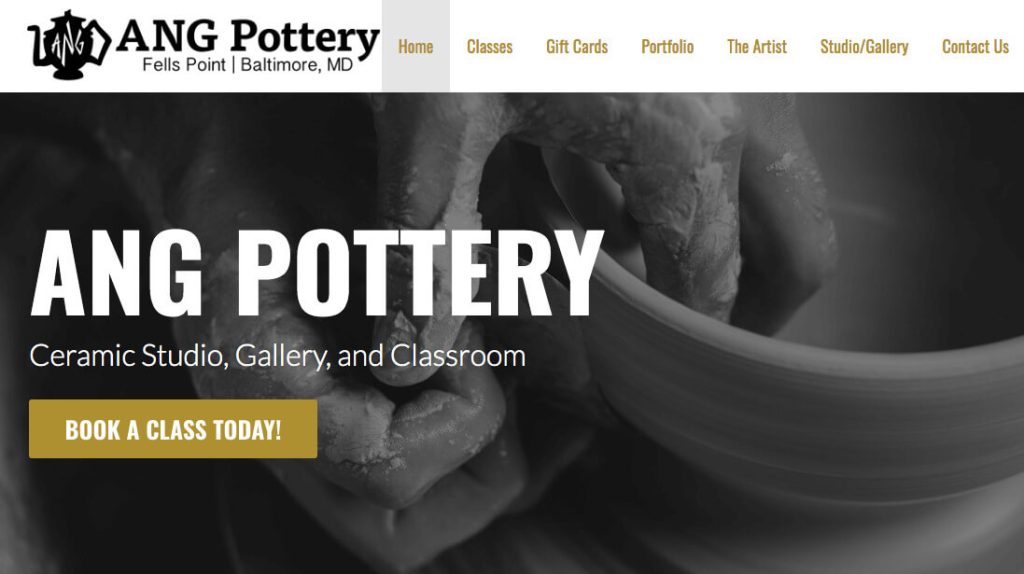Creating a professional online presence doesn’t have to be time-consuming or expensive, you can create a business website in just 15 minutes. With a 15-minute DIY business website builder, you can quickly establish your online footprint and start attracting customers. This guide will walk you through the steps to build a functional and attractive business website in just 15 minutes.
Why Use a 15-Minute DIY Business Website Builder?
For many small business owners and entrepreneurs, time is a precious commodity. A 15-minute DIY business website builder allows you to create a professional-looking site without needing extensive technical skills or spending hours on development.
Key Benefits
- Speed: Launch your website in just 15 minutes.
- Cost-Effective: Avoid the high costs associated with hiring web developers.
- Ease of Use: User-friendly interfaces make website creation accessible to everyone.
- Customization: Plenty of templates and customization options to match your brand.
Step-by-Step Guide to Using a 15-Minute DIY Business Website Builder
Step 1: Choose the Right Website Builder
The first step in creating your site with a 15-minute DIY business website builder is selecting the right platform. Popular options include:
- Wix: Known for its drag-and-drop interface and extensive template library.
- Squarespace: Offers sleek, modern designs and robust e-commerce capabilities.
- Weebly: Ideal for beginners with its intuitive interface and affordable pricing.
Choose a platform that best fits your business needs and budget. For more detailed comparisons, you can check out this guide.
Step 2: Select a Template
After choosing your website builder, browse through the available templates. Look for a design that aligns with your business type and brand identity. Most builders offer industry-specific templates, which can save you time and effort.
Step 3: Customize Your Template
Once you’ve selected a template, it’s time to customize it to reflect your brand. Focus on the following elements:
- Logo: Upload your business logo.
- Color Scheme: Adjust the template’s colors to match your brand’s color palette.
- Fonts: Choose fonts that are easy to read and align with your brand’s personality.
- Images: Replace placeholder images with high-quality photos relevant to your business.

Step 4: Add Essential Pages
A professional business website typically includes several key pages. Using your 15-minute DIY business website builder, create the following pages:
- Home: An overview of your business, highlighting your unique selling points.
- About Us: Information about your business, mission, and team.
- Services/Products: Detailed descriptions of what you offer.
- Contact: Include a form, email address, phone number, and physical address if applicable.
Step 5: Optimize for SEO
To ensure your site is easily found by search engines, follow these basic SEO practices:
- Keywords: Include relevant keywords in your titles, headings, and content.
- Meta Descriptions: Write compelling meta descriptions for each page.
- Alt Text: Add descriptive alt text to your images.
- Mobile Optimization: Ensure your site is mobile-friendly, as many users will access it from their smartphones.
For more SEO tips, refer to this comprehensive SEO guide.
Step 6: Preview and Publish
Before publishing, preview your site to check for any errors or inconsistencies. Make sure all links are working, and the layout looks good on both desktop and mobile devices. Once everything is in order, hit the publish button.
Step 7: Promote Your Website
After launching your site, promote it through various channels to drive traffic and attract customers:
- Social Media: Share your website on your business’s social media profiles.
- Email Marketing: Send an announcement to your email subscribers.
- Business Listings: Add your website to online business directories like Google My Business and Yelp.
Conclusion
Building a professional business website doesn’t have to be a daunting task. With a 15-minute DIY business website builder, you can quickly establish an online presence and start attracting customers. By following the steps outlined in this guide, you’ll have a functional and attractive website up and running in no time.
For additional resources and tools, visit our blog.
Remember, your website is often the first impression potential customers will have of your business, so make it count. Happy building!